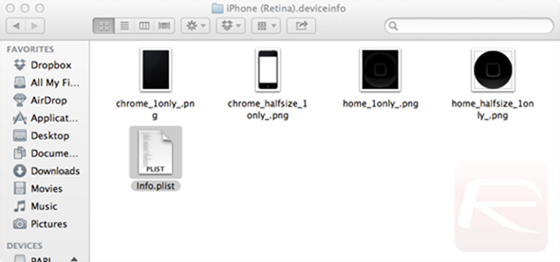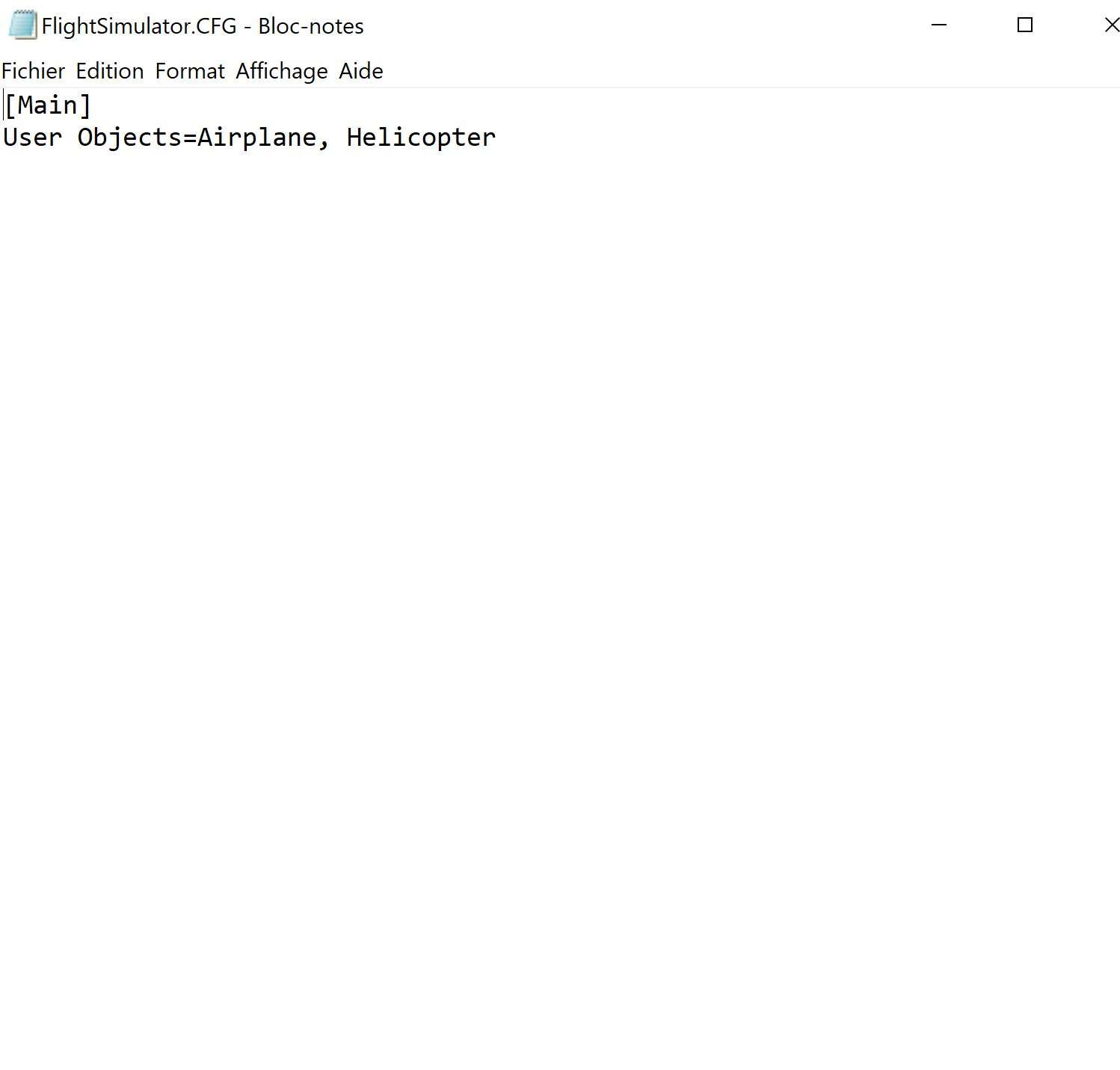
- #Notch simulator tweak andoid android#
- #Notch simulator tweak andoid pro#
- #Notch simulator tweak andoid free#
Similar to the MCLK, for each of the supported sample rates, you can choose between 8 different filters.


#Notch simulator tweak andoid pro#
The Pro version costs $10 currently and has a lot of extra features: The App can also turn on/off the standby mode that Amir was talking about.Īnd it can control the 9038D's hardware volume in. It is saved between disconnects and applied no matter what source device you use. '-27.5dB') for sensitive IEMs or for high sensitivity Amps.
#Notch simulator tweak andoid free#
The free version can set a hardware volume limiter (e.g.
#Notch simulator tweak andoid android#
All my analog processing instruments(120nVrms(A) preamp and notch filter)are well-matched with their preliminary simulation and school physics too(I did test thermal noise of resistors to confirm the noise level resolution).įor those interested, one of the coolest features is an Android App which controls DAC parameters directly. Also, my new project Cosmos ADC(SNR -127db(A) in the mono mode) also shows me THD+N -118db. The same about THD+N my SYS2522 shows me -117db, SYS2522+external ultra-high performance notch filter(the current 3rd version of that filter has -126db limit for THD+N) 9038D has THD+N -118.3db(-.2-.5dbfs, no-lad condition, 20-22000Hz BW 0.00012%). Regarding Dynamic Range, APx555 has 8x times more noisy inputs vs my custom preamp, hence it is fine if your result up to 1db worse(i.e. My measurement was performed in different ways and always I see the same result +/- a little bit. Getting current out of an iPhone to power accessories is a tricky business. PS: I want to show how Cosmos ADC sees the signal of 9038D No AVG at all. All my analog processing instruments(120nVrms(A) preamp and notch filter)are well-matched with their preliminary simulation and school physics too(I did test thermal noise of resistors to confirm the noise level resolution). The same about THD+N my SYS2522 shows me -117db, SYS2522+external ultra-high performance notch filter(the current 3rd version of that filter has -126db limit for THD+N) 9038D has THD+N -118.3db(-.2-.5dbfs, no-load condition, 20-22000Hz BW 0.00012%).

To avoid that noise you can try to use Android phone in airplane mode and battery-powered with a free Hiby hires player. You can check that by shorting one of 9038D outputs(of course better if no signal on that channel), I bet you'll find the same dirt on the shorted output as well as on the working one. The balanced is a lot less noisy vs unbalanced, that's why my balanced 9038S looks so clean vs unbalanced 9038D.

Here's a spreadsheet I've created with the help of our Discord community, detailing which MFI cable will work with which iPhone model and which E1DA DAC: Īmir, as I see your setup has too high common-mode noise or AP analyzer has a problem with its CMRR. Using an old firmware may result in a "The connected USB device uses too much power" error message.Īll DACs are flashed from the factory with the newest firmware, so if you order now, then it should come with the newest FW already. The iPhone sees this and pays less attention to the current draw. In this firmware, one of the USB descriptors of the DAC is set to "self-powered" instead of "USB bus-powered". Updating the 9038D's firmware to version 'Tweak_9038D_C.hex' is recommended. Having an MFI chip either inside the cable, or inside the DAC is a must.ĭifferent cables will have differently configued MFI chips inside, unlocking different amounts of current from an iPhone.ĭifferent iPhones will unlock different amounts of current, even with the same MFI cable and chip. Click to expand.Getting current out of an iPhone to power accessories is a tricky business.


 0 kommentar(er)
0 kommentar(er)
